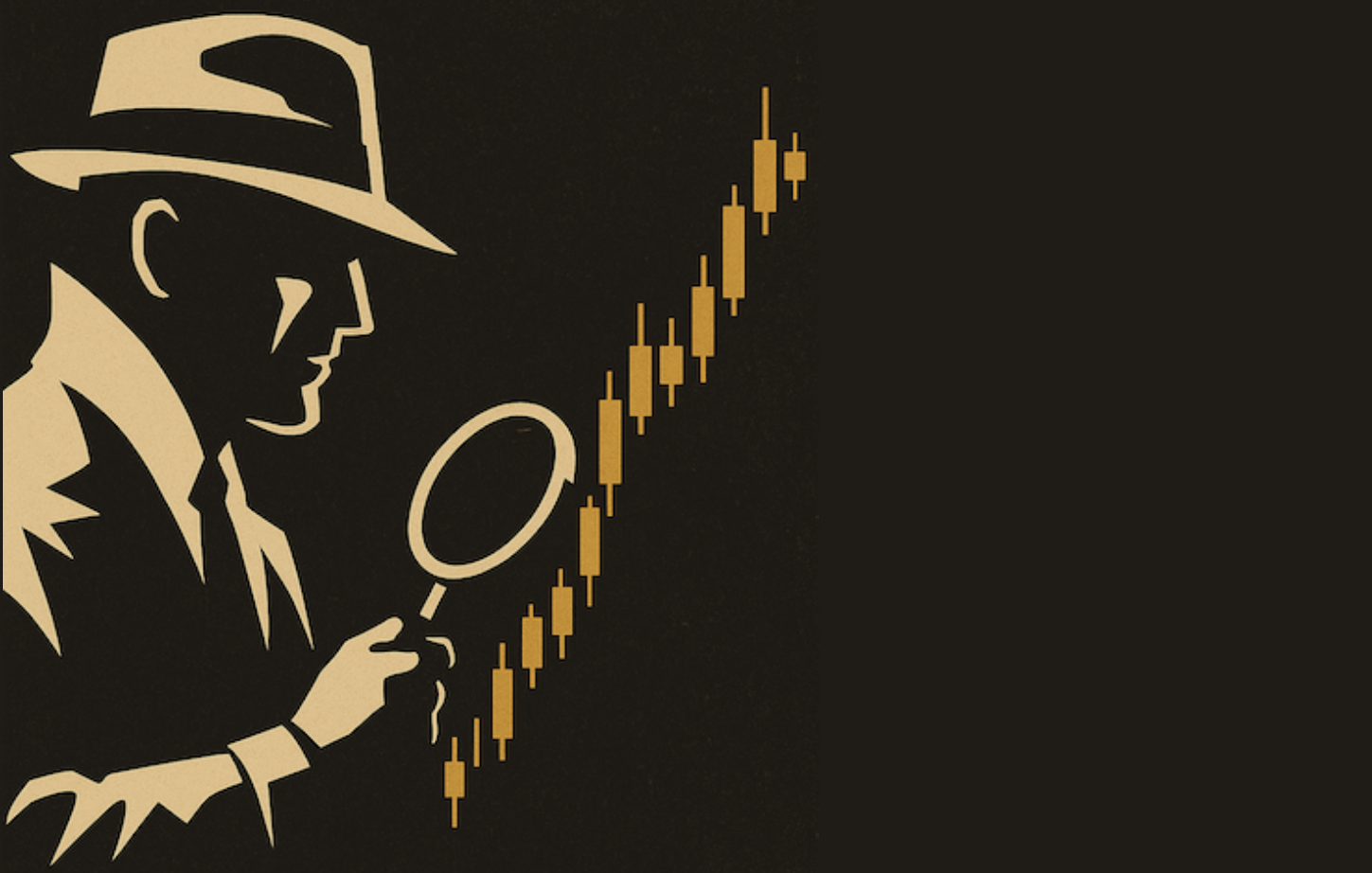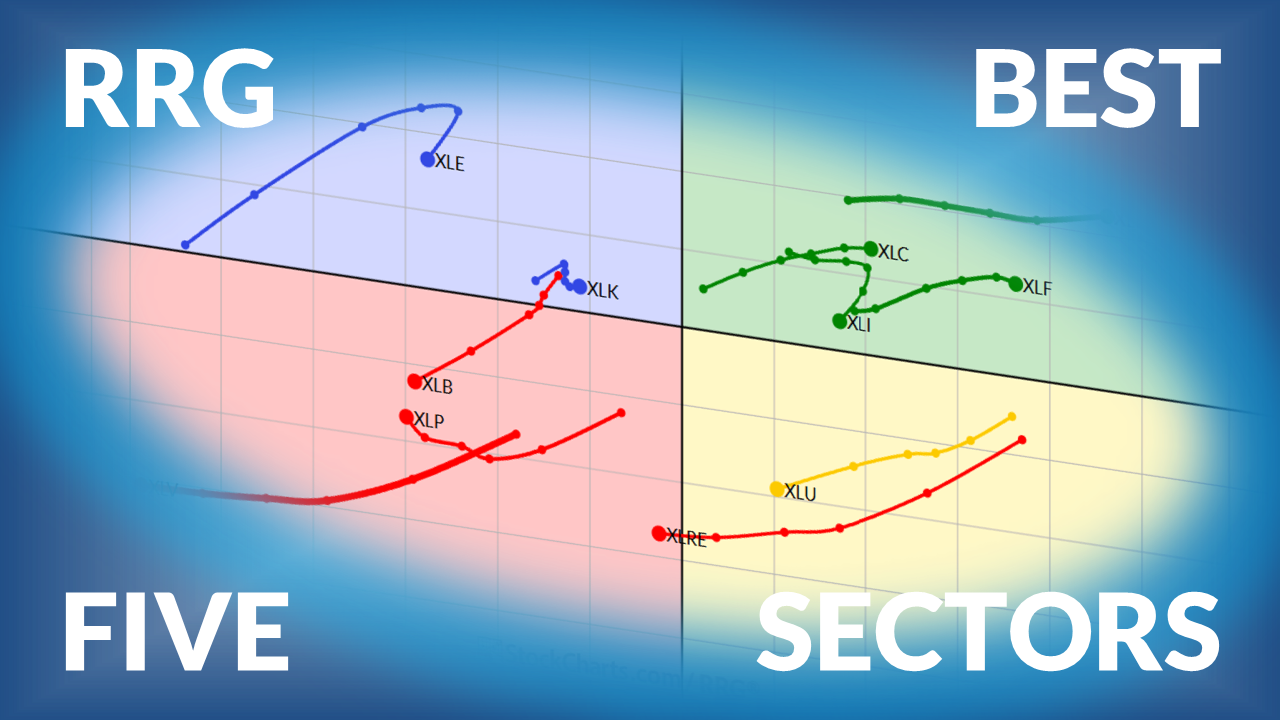INFLATION REPORT HURTS BONDS AND STOCKS -- CONSUMER STAPLES ARE TOP SECTOR -- CISCO AND HEWLETT PACKARD WEIGH ON MARKET -- FRIDAY SURGE IN DOLLAR PUSHED GOLD UNDER $400
CPI INFLATION HIGHER THAN EXPECTED... January's CPI numbers on inflation came in higher than expected. Some of that was attributed to rising energy prices, but not all. Even the core inflation figure (ex food and energy) was higher than expected. At the end of last week the government reported that non-petroluem import prices had jumped 4.4% over the prior three months. That was a big jump from 1.5% for the entire year. One of the side-effects of a falling dollar is that it boosts import prices. Although it took a long time for it to happen, it now appears that the trough in low inflation has passed. It's interesting to see economists try to dismiss the jump in energy prices. It's as though energy inflation doesn't count to them. The fact is that energy prices are one of the biggest components of price inflation and one of the biggest drags on the economy. Not only have energy prices been rising over the past couple of months, but energy stocks have assumed a leadership role in the stock market. I've warned recently that energy leadership is usually a negative factor for the economy since it implies higher energy prices. I also suggested that combined leadership of energy and consumer staples was a sign that the market was turning defensive. Those were Friday's two strongest sectors.

Chart 1
STOCKING UP ON CONSUMER STAPLES... This is considered a defensive sector since it includes stocks tied to beverages, food, tobacco, drugs, and personal products. People need those products in good times and bad. As a result, they tend to underperform when the market is strong, and outperform when it turns weak. The rising relative strength line in Chart 3 shows the Consumer Staples Select Sector SPDR assuming a leadership role about a month ago. Since then, this has been the market's strongest sector. Consumer staples were also the top sector for the past week. A longer-term view of the Staples/S&P 500 ratio in Chart 3 makes that point. The ratio turned up in April 2000 (first red arrow) as the bear market in stocks started and money rotated to defensive stocks. The ratio peaked in October 2002 (green arrow) as the market bottomed as investors turned more aggressive. The upturn in the ratio early in 2004 (second red arrow) is a sign that investors are turning more defensive again.

Chart 2

Chart 3
CONSUMER STAPLE LEADERS FOR THE WEEK... Avon Products was the week's top percentage gainer and rallied to a new all-time high at mid-week. Anheuser Busch and Gillette jumped on Friday. Friday's biggest star, however, was Hershey Foods. The daily chart shows the stock surging at week's end on massive volume. The monthly bars in Chart 8 show Hershey rising to a new all-time high. It seems that investors suddenly feel a need for beer and chocolate. Interestingly, the weakest sector for the week was technology. It seems clear that some of the money coming out of technology is moving into consumer staples. Kimberly Clark and Safeway also gained more ground on Friday.

Chart 4

Chart 5

Chart 6

Chart 7
CISCO AND HEWLETT PACKARD PULL TECHS LOWER... Cisco is considered to be a Nasdaq bellwether. That's why the stock's recent breakdown has weighed on the Nasdaq. We showed Cisco breaking its 50-day line a couple of weeks back. It has continued to weaken since then and fell to a three-month low on Friday. The Cisco/Nasdaq ratio line has been dropping since mid-January showing the stock's relative weakness. Hewlett Packard was Friday's weakest Dow stock. It's been underperforming the Dow for a month and closed under its 50-day average on Friday. It seems everywhere we look we see technology stocks pulling the rest of the market lower.

Chart 9

Chart 10
INTERMARKET REVUE... Over the past two years a falling dollar has pushed commodity prices sharply higher. In time, that inflationary combination starts to pull interest rates higher. Recent data on rising import prices (and today's CPI report) suggest that early signs of inflation are finally emerging. A few more months of higher inflation figures may force the Fed to start raising short-term rates. Current betting is that will happen sometime during the summer. Since the stock market looks six to nine months into the future, it's already discounting higher rates. That explains recent rotations out of last years leaders -- like small caps and technology -- into more defensive sectors like consumer staples, healthcare, and energy. On Friday, however, the dollar jumped 2% to a two-month high against the yen and gained against other currencies. That process started with an upside reversal day on Wednesday from an oversold condition. Friday's dollar surge pushed gold prices $12 lower and back under the $400 level. Gold stocks continued their downside correction. The higher inflation report pushed bond prices sharply lower and bond yields higher. That caused even more selling in stocks. The last chart shows the Nasdaq Composite Index threatening its 50-day line. Technology is one of the sectors that stands to lose the most if rates do start rising. That may explain why the Nasdaq has been underperforming the S&P 500 for the last month. Consumer staples usually do better when rates are rising. That's why money has been flowing into that defensive sector.

Chart 11

Chart 12












